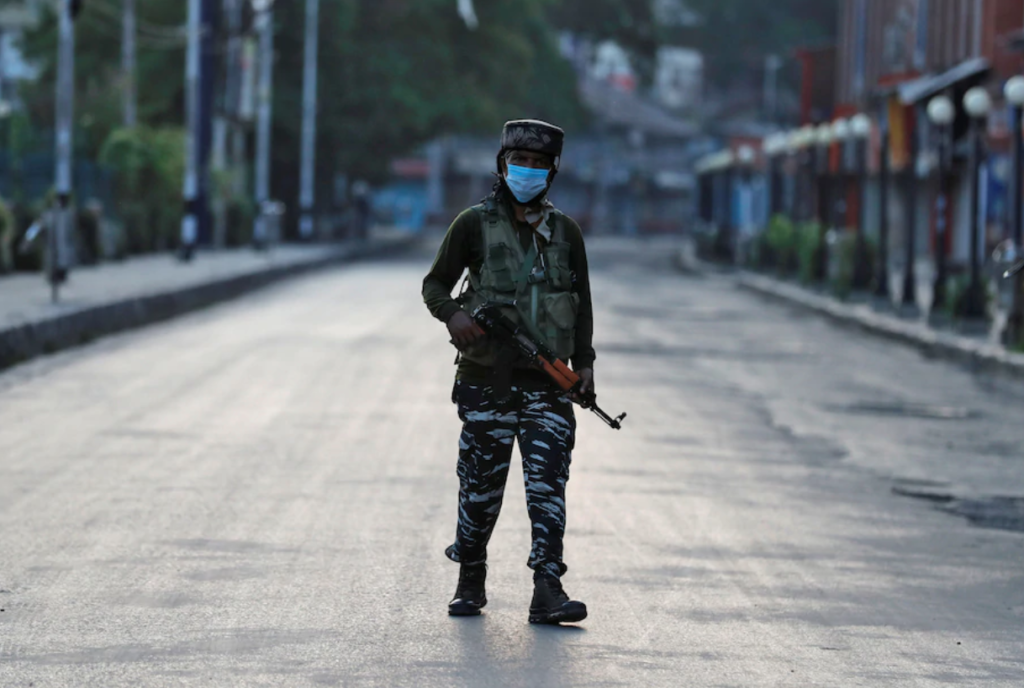A year ago, India eliminated the semi-autonomy provisions of Jammu and Kashmir, the country’s sole Muslim-majority state and a region disputed by Pakistan, a move that analysts anticipated would ripple across the region.
The Indian government scrapped the constitutional provisions of autonomy in Article 370 and 35A, dissolved Kashmir’s state assembly and split the region into two union territories. The government also surged paramilitary troops, instituted months of communications blackouts and curfews, and detained thousands of political leaders.
India’s leaders contend these measures were needed to clean up the “mess” of Kashmir and dismantle a system they claimed fostered separatism, radicalization, militancy, corruption and underdevelopment.
What’s the situation now? On the anniversary of the decision, my research and a new report I co-wrote on this subject for the U.S. Institute of Peace offer a closer empirical look at the period leading up to India’s Aug. 5, 2019, move — and the situation in the region today.
Read the full article in the Washington Post.




